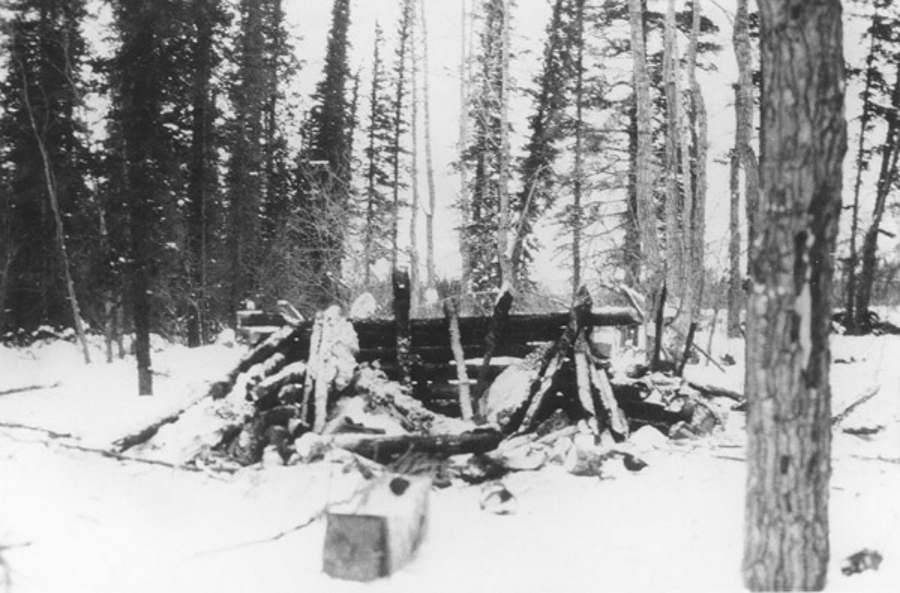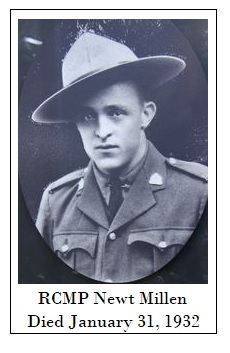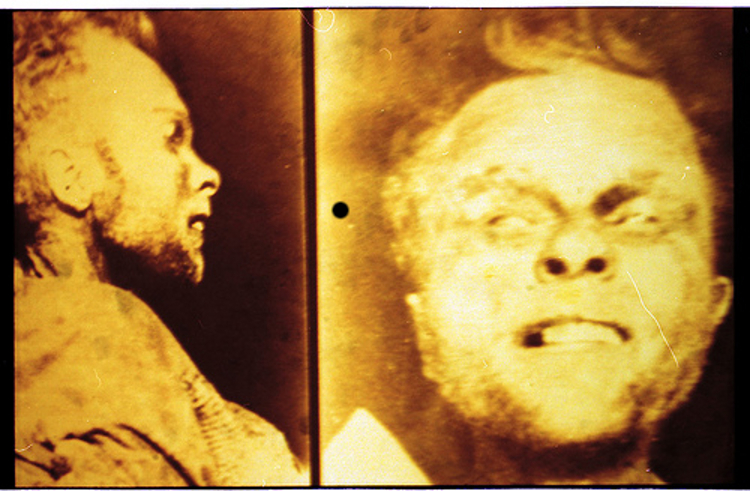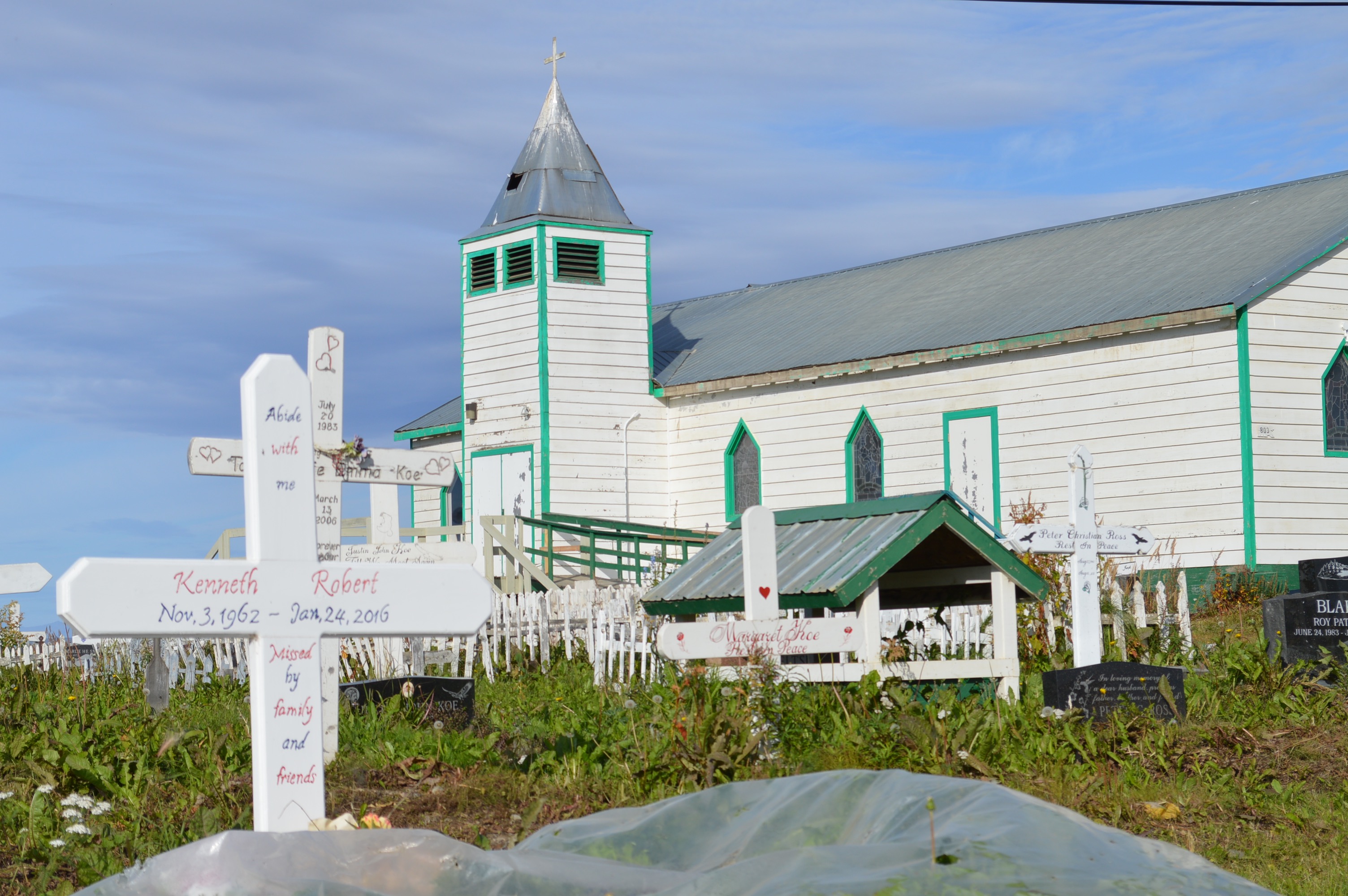Was The Mad trapper of Rat River of Swedish descent part 1
 |
| Albert Johnson's Destroyed Cabin 1932 Photo : WS Carter, Public domain, via Wikimedia Commons |
In july of 1931, a mysterious stranger appeared in Fort McPherson, a small community in the Northwest Territories near the border with Youkon Territory in northwestern Canada. He called himself Albert Johnson spoke with a slight Scandinavian accent and had plenty of money. He was soon seen as a rather unfriendly recluse. This in itself was unusual in a place where kindness and helpfulness were the norm due to the isolation, the dangers and the difficulties of life in the wilderness.
All the strangers who arrived attracted attention and Constable Edgar Millen of the Royal Canadian Mountain Police spoke to him, but found that he was cross and grumpy and refused to talk about why he had come and what his intentions were.
Albert Johnson had built an isolated cabin near Rat River and made a living as a fur hunter, but in December Inuit and First Nation in the area began complaining to the police in the small community of Aklavik that Albert Johnson was poaching and vandalizing their traps.
On December 28, police decided to send a two-man patrol consisting of Constable King and Constable Barnard with a dog sled to travel the nearly 100 km to Johnson's cabin, but when they got there he refused to talk to them and answer any questions.Frustrated and frozen, the two policemen decided to return to Aklavik and pick up reinforcements and obtain a searchwarrant.
Approximate route for Albert Johnson A) the cottage on the Rat River, B () where Constable Millen was shot to death, C) Eagle River in the Yukon where Johnson is killed after a long murderous hunt through the Arctic wilderness FotoGoogle and Canada Radio Internal
When the police returned on New Year's Eve 1931 now consisting of four armed policemen with dog sleds and equipped with a search warrant, the whole situation escalated into a firefight and Constable Alfred King was seriously wounded. It was now clear that the police were not dealing with a grumpy fur hunter without a hunting license who w, but with an armed desperado who shot to kill !
Nine days later, on January 9, 1932, the police returned with a patrol consisting of nine armed men armed with dynamite. Albert Johnson had guessed their tactics and his cabin was transformed into a fortified fort with bullet holes through the walls from which he fired at them.
The police now tried to throw dynamite into the cabin. They thought they were going to blow Johnson in small pieces but as they approached but were shocked by gunfire coming from inside the remains of the cabin. Johnson had dug himself into a bunker in the floor, and had miraculously survived the explosion. The two sides fought a 15-hour gunfight in temperaures around -40 C!
Eventually the police realized that their opponent were far better equipped than they had expected and they returned to Aklavik to pick up reinforcements and more ammunition. When the police returned on January 14, they found that Albert Johnson had fled.
The rumor about the firefight in the Canadian wilderness began to reach the world by the new media of radio. As the story dragged on, it now became an international thriller that captivated radio audiences everywhere as they followed the hunt for the man now called "the Mad traper of Rat River". Now began one of the world's most epic man hunts through the Canadian wilderness under some of the most difficult weather conditions in the world.
Johnson pulsed dozens of miles on foot in deep snow for about two weeks and survived the dangers and the windy, bitter cold. Many wondered how he survived when he could not hunt with his rifle because the sound would betray him. honom.
In the ensuing exchange of fire, one of the police officers, Constable Edgar Millen, was shot dead: "The Crazy Fur Hunter" was now a wanted police killer!
 |
| Costable Edgar Newt Millen 1899-1932 photo rcmpgraves.com |
Every available man in the north was now looking for the fugitive. After the shooting, Albert Johnson was on his way to the Yukon territory to cross the Alaska border. He continued to hike dozens of miles a day through heavy snowstorms and incredible cold. Sometimes he wore his snowshoes backwards to fool his pursuers, sometimes he went back in his own tracks or followed in the footsteps of the caribous.
.jpg) |
| The Richardson Mountains Martin Male from Yellowknife, Canada, CC BY 2.0, via Wikimedia Commons |
The RCMP knew that Albert Johnson had to get over the 2100 meter high Richardson mountains. They had the two passes blocked over the mountains in the hope of catching him. In a raging snowstorm, however, he somehow managed to climb over a steep 2,100 meters of ice-covered mountainsideand escape his pursuers.
 |
| "The Mad trapper" Albert Johnsons ? dead body : Photo::Royal Canadian Mounted Police, Public domain, via Wikimedia Commons |
It was now clear that more unconventional methods must be used in the murder hunt. For the first time in Canada's history, air reconnaissance was deployed in search of an escaped criminal. World War I flying Ace Captain Wilfred (Wop) May was called in. He discovered Albert Johnsons tracks on the other side of the mountains. The pursuers were informed by radio and headed up the Eagle River where they finally surprised him in the open on the frozen river on February 17, 1932. In the ensuing gunfight, he continued to shoot furiously back into the last, despite being hit by eight bullets, until the ninth shot killed him.
 |
| The cemetery in Aklavik where "The Mad Trapper" Albert Johnson? was buried Photo: Tundra Tours |
About 2,400 Canadian dollar in cash was found on his body, but no identification. The body was buried in a cemetery in Aklavik. Despite two autopsies, the last in 2007, his identity or even his real name has never been established with certainty. Several possible identities have been identified, but the DNA tests showed no connection. The only clue came from isotopes in his teeth which showed that he probably grew up in the US "corn belt" Midwest or in Scandinavia. Only in 2021 have we got new clues. Which we will tell you about in the next post of this blog !!

Kommentarer
Skicka en kommentar